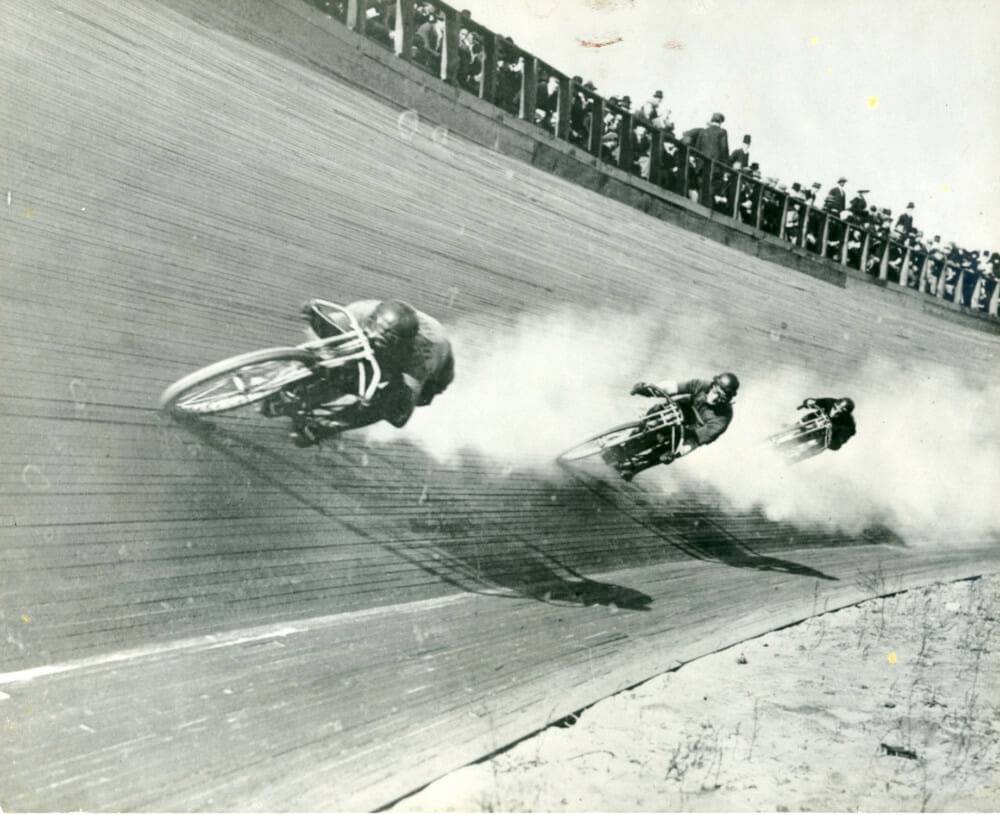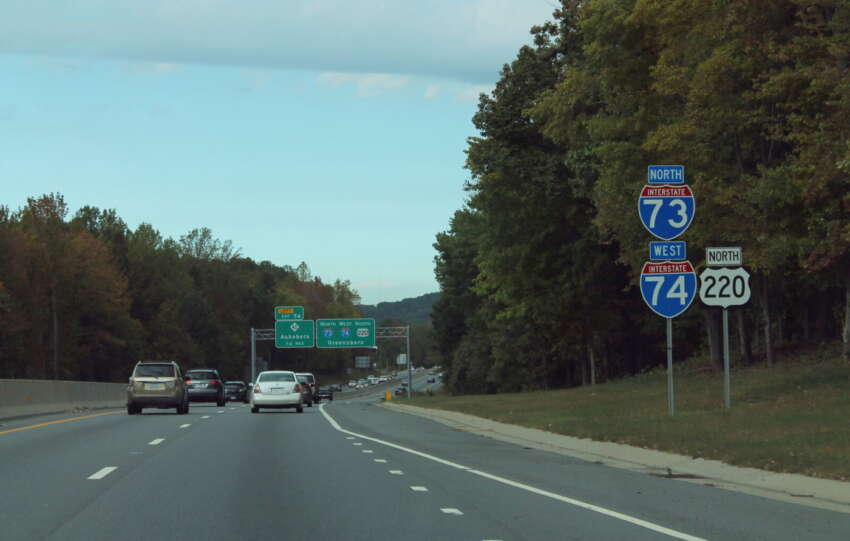In the summer of 1912, Columbus wasn’t just home to factories, trolleys, and growing neighborhoods. For a brief moment, it became the epicenter of American motorcycle racing. Tucked near Olentangy Amusement Park, the Columbus Motordrome was a massive oval built entirely of wood, with steep 30- to 40-degree banks that dared riders to push the limits of speed and gravity. For a short but spectacular time, it was one of the most thrilling and most dangerous sporting arenas in the country.
A Big Stage for a Big Event
The Motordrome opened with a bang on July 4, 1912, and just weeks later Columbus hosted the Federation of American Motorcyclists’ national meet. It was the first time the group’s championship races were run on a board track, drawing industry leaders, factory teams, and thousands of fans.
Downtown, motorcycle manufacturers and suppliers gathered at the Virginia Hotel for speeches and trade talks. Up north at the track, fans poured in to watch riders tackle five-, ten-, and even planned 25-mile races.
Goodyear even sent up a hot-air balloon over the infield, with an announcer shouting results through a megaphone to the roaring crowd below.

Legends on the Track
The meet brought some of the biggest names in early motorsports to Columbus. Riders like Eddie Hasha, Ray Seymour, Morty Graves, and John U. Constant hit speeds approaching 95 miles per hour, all on bikes with no brakes, no clutches, and engines that spit hot oil straight onto the boards. A young E.G. “Cannon Ball” Baker, who would later become a long-distance racing legend, also competed here.
Indian Motorcycle debuted its powerful new “Big Base” 8-valve machines, and company co-founder Oscar Hedstrom made a rare personal appearance to watch his riders dominate. By the end of the weekend, Seymour and Hasha had split the pro titles, while Constant took home the amateur championship.
A Short, Thrilling Life
Despite the spectacle, the Columbus Motordrome struggled. Local trolley companies, locked in a feud with Olentangy Park, refused to add extra service, leaving fans stranded and attendance lower than hoped. The bigger issue, though, was safety. Just weeks later, a fiery crash at a similar track in Cincinnati killed a racer and nine spectators, fueling national outrage.
The sport would even go on to claim the life of Eddie Hasha at a race in the New Jersey Motordrome. Newspapers began calling these short, high-banked arenas “murderdromes.”
By 1913, the Columbus Motordrome company was insolvent, and the track closed soon after.

A Forgotten Chapter
Today, the site of the Columbus Motordrome is long gone, its wooden planks lost to time. But for one electrifying season, Columbus was at the heart of a motorsports craze that pushed the limits of speed and spectacle. The riders who braved its steep banks helped shape the evolution of racing and left behind one of the city’s most fascinating forgotten stories.




